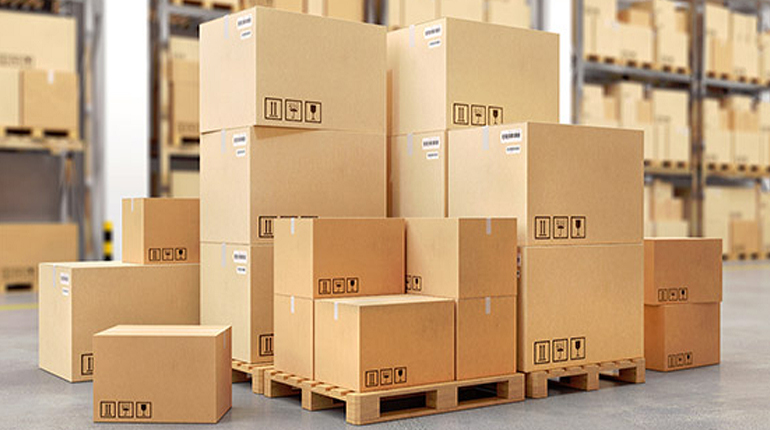The Importance of Packaging in International Logistics
If you are a producer that wants to take advantage of the robust global economy, there are a range of processes that you must have in place. Most producers look to experts to help them out. Many producers will hire logistics experts and outsource export tasks, but they overlook one very critical aspect of doing business overseas. Moving from a national company to an international company comes with a few challenges. One of those challenges is not typically considered until the wheels stop moving because the challenge has become an obstacle.
Optimized packaging is what many supply chain professionals are overlooking, and it is a critical error. The same way packaging optimisation fuels the optimisation of your supply chain at home, it offers the same optimisation potentials for international logistics. Getting your packaging right is critically important in exporting your goods. A good example of a packaging fail is what a lot of Asian producers have experienced when sending goods to the EU. The EU has some very strict guidelines when it comes to palletised goods and the quality of the pallet. What is working in Asia is simply not acceptable in the EU – and it is holding up goods at customs.
UNDERSTANDING THE CRITICAL NATURE OF PACKAGING IN INTERNATIONAL LOGISTICS
If you have a good export logistics team, then you will already have had this conversation with them. However, if no one is bringing it to your attention, this is something that you will want to get on right away. The following considerations drive home how important it is to have the right packaging options.
Your goods are about to travel further than they ever have. Once they leave your loading dock, on their international logistics journey, you will have very little control over what happens to them. The quality of the packaging is in direct correlation with the condition of your product when it arrives at the destination. There is a long journey ahead that may include different conveyances. Choosing a standardised type of packaging can help to curtail costs regardless of the transportation type. Making it easier for carriers can make it easier for your wallet. For example, taking up less pallet footprints by utilising flexible packaging options can cut down on costs. If you do not have the packaging that is in regulatory compliance in the gaining country, you risk long delays and possible rejection at the port of entry. The packaging is a very serious consideration and you must make it a priority for easy international logistics.
THE PROTECTION OF PACKAGING
There is a balance when it comes to international shipping, packaging and protection. You do not want to overpack your products, as that will ring up costs across the board, but you do want to make sure that you are using the packaging that will protect against spillage, rough handling and unauthorised entry. Making the right impression with business partners around the world starts with delivering your goods as promised. Damaged goods are a relationship risk you cannot afford, especially with new relationships. Having the right packaging can greatly reduce the risk of loss during transportation.
The right packaging also makes it easier for transportation companies to manage the load, which of course means less hassle for your operation from the carriers.
STANDARDISED TYPE PACKAGING
There is a world of packaging options available, but those options may only be acceptable in your part of the world. Pallets, for example, are used around the world, but some countries have very strict guidelines when it comes to phytosanitary measures. Some countries have ZERO guidance when it comes to phytosanitary measures and others, like the EU, are very strict about it.
ISPM 15 compliant pallets are a necessity if you plan on doing business internationally. You should use certified ISPM 15 pallets just to err on the side of caution and avoid long hold times at customs. It is not just pallets that have to comply with ISPM 15 regulations, but also dunnage, bracing systems, collars, crates and reels that also fall under the requirements. Making sure your business falls in line with these requirements will make the process (at least getting your products into the country) easier.
For more information on packaging in regards to international shipping, please give our friendly team a call, or visit our website.

